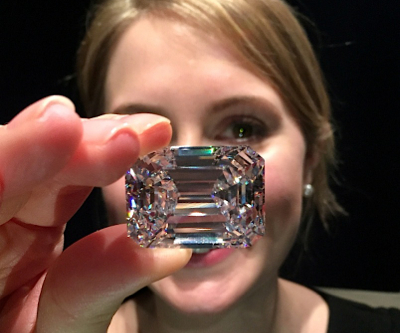Price, distribution the main obstacles to synthetic diamond growth

The use of synthetic, or lab-made diamonds, has challenged the natural diamond industry, even though production of synthetic gems is low compared to naturally-mined stones – only 1 to 2 out of every 100 carats sold is a synthetic (see table at top). Diamond retailers fear their use in natural diamond jewelry without disclosure, and the mixing of natural and synthetic diamonds in high-end jewelry, especially bridal.
Diamond analyst Paul Zimnisky, however, says the main obstacles for synthetics to make inroads into the natural market are pricing and distribution.
Unlike other precious gems – rubies, emeralds and sapphires – where synthetics can sell at up to a 90 percent discount to naturals, high-quality synthetic diamonds can only trade at around a 2 to 20 percent discount, says Zimnisky (see table second from top).
While he believes there is room for that margin to widen, Zimnisky says “the industry’s high barriers to entry, due to high capital investment and R&D costs, will limit the pace of quality advancements and capacity growth rates.” While the diamond analyst says there is potential from “the indifferent diamond customer that can be persuaded by a lower relative price if access to product is convenient enough,” he doesn’t see the synthetic price point as currently low enough to significantly threaten the natural diamond market:
“In my opinion, the pricing of synthetics is not yet attractive enough to convert the indifferent customer, nor is the product accessible enough for the unwilling e-shopper. Until there is at least one display case devoted to synthetics in the national jewelry chains and department stores, synthetics’ reach may be limited to being just that of a specialty item.”
More News
{{ commodity.name }}
{{ post.title }}
{{ post.date }}






Comments